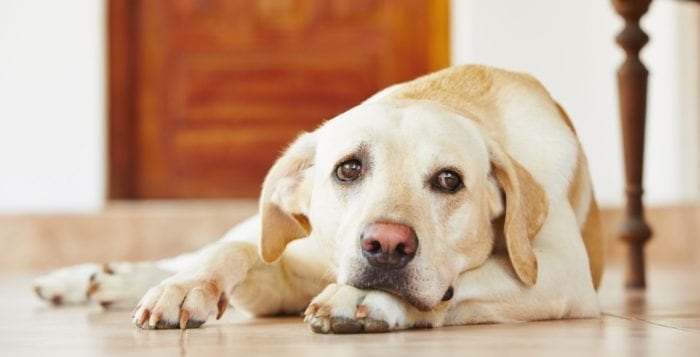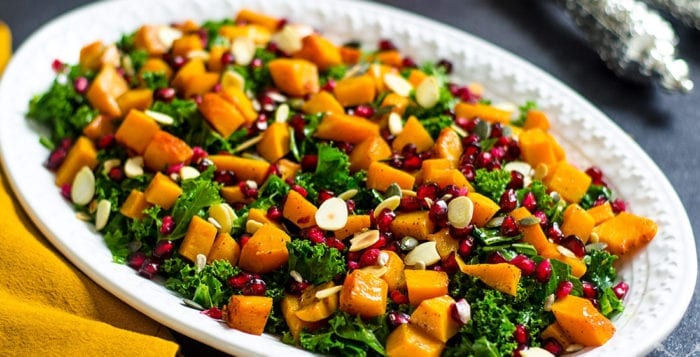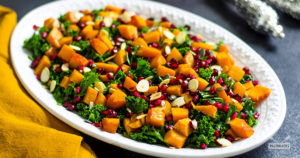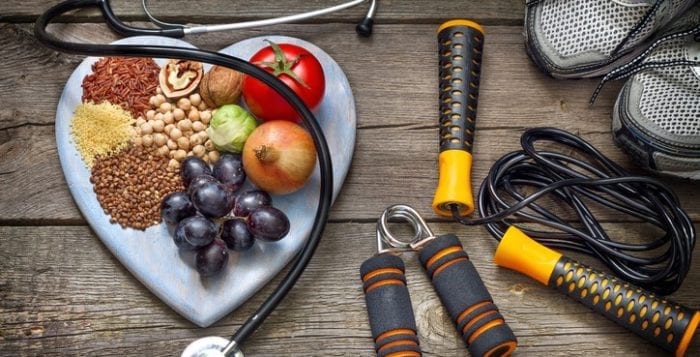By Linda M. Toga, Esq.

THE FACTS: My mother had a savings account which held nearly $50,000. About a year ago while my daughter was visiting my mother, my mother and daughter went to the bank to make a deposit. While there an employee of the bank advised my mother that it was important that she name a beneficiary on her savings account. The bank employee suggested that not having a beneficiary on the account would create problems when my mother died.
Although my mother has a will that provides that her grandchildren get equal share of her estate, my mother trusted the employee and signed a “transfer on death” designation naming my daughter as the recipient of the account following my mother’s death.
My mother recently told me about this visit to the bank and was quite upset to learn that the result of her signing the form at the bank was that my daughter would inherit approximately $50,000 more than her siblings and cousins.
THE QUESTION: What can my mother do to ensure that all of the grandchildren receive equal shares of her estate?
THE ANSWER: If your mother wants her grandchildren to receive equal shares of her estate when she dies, she has two options: she can change the transfer on death (TOD) designation or she can change her will.
HOW IT WORKS: Before detailing each option, it is important to know that assets passing under your mother’s will are not treated the same as assets passing pursuant to the TOD designation.
Assets passing under the will are called probate assets. Their distribution is controlled by the terms of the will. The assets in the account with the TOD designation are nonprobate assets and their distribution is independent of the terms of the will. As long as the TOD designation is in place, the assets in the account will not be governed by your mother’s will even if she makes an explicit bequest of those assets in her will.
With respect to the TOD designation, your mother can either revoke the designation entirely or she can change the designation form. If she revokes the TOD designation, the funds in her account will be deemed probate assets and they will pass under her will. The end result would be that each grandchild would receive an equal share of the account.
Alternatively, your mother may revise the TOD designation by adding her other grandchildren’s names to the form and stating that the funds are to be divided equally between the named beneficiaries. In this scenario, the funds in the account will still be considered nonprobate assets, but the bank will be required to pass an equal share of the assets to each of your mother’s grandchildren. Since the revocation or modification of the TOD can be done by simply going to the bank and signing a new form, changing or revoking the TOD designation is the easiest and least expensive way to address the problem.
The second option open to your mother to ensure that her grandchildren receive equal shares of her estate is for her to leave the current TOD designation in place and to revise her will. She would have to add language to the will that provides that the amount of the bequests passing to each grandchild under the will shall be adjusted to take into consideration any nonprobate assets they may receive.
For example, if your mother’s current will provides that $100,000 of probate assets is to be divided equally between three grandchildren, the provision would dictate that the $50,000 in nonprobate assets passing to your daughter should be added to the probate assets so that the total value of estate assets earmarked for grandchildren could be calculated. That total ($150,000) would then be divided equally between the three grandchildren. Using the figures above, the end result would be that each grandchild would receive the same amount of money from your mother’s estate; $50,000.
Your mother should seek the assistance of an experienced estate planning attorney if she opts to revise her will. She cannot revise her will by simply writing in the margins or making other notes in the will as to her wishes. Such handwritten attempts at changing a will are not enforceable and the end result would be that your daughter would receive a share of the probate assets plus any funds remaining in the savings account at the time of your mother’s death.
Linda M. Toga provides legal services in the areas of estate planning/elder law, probate and estate administration, real estate, small business service and litigation from her East Setauket office.



 I authored an article on the benefits of medical marijuana and the legal restrictions of a veterinarian’s ability to prescribe anything with the psychogenic component of marijuana, tetrahydrocannabinol (THC), back in September of 2018.
I authored an article on the benefits of medical marijuana and the legal restrictions of a veterinarian’s ability to prescribe anything with the psychogenic component of marijuana, tetrahydrocannabinol (THC), back in September of 2018.


 TBR News Media Classified Director Ellen Segal snapped this close-up image of the center of a beautiful Gerbera daisy, left, blooming in our production room using a Samsunb Galaxy Note 5.
TBR News Media Classified Director Ellen Segal snapped this close-up image of the center of a beautiful Gerbera daisy, left, blooming in our production room using a Samsunb Galaxy Note 5.












